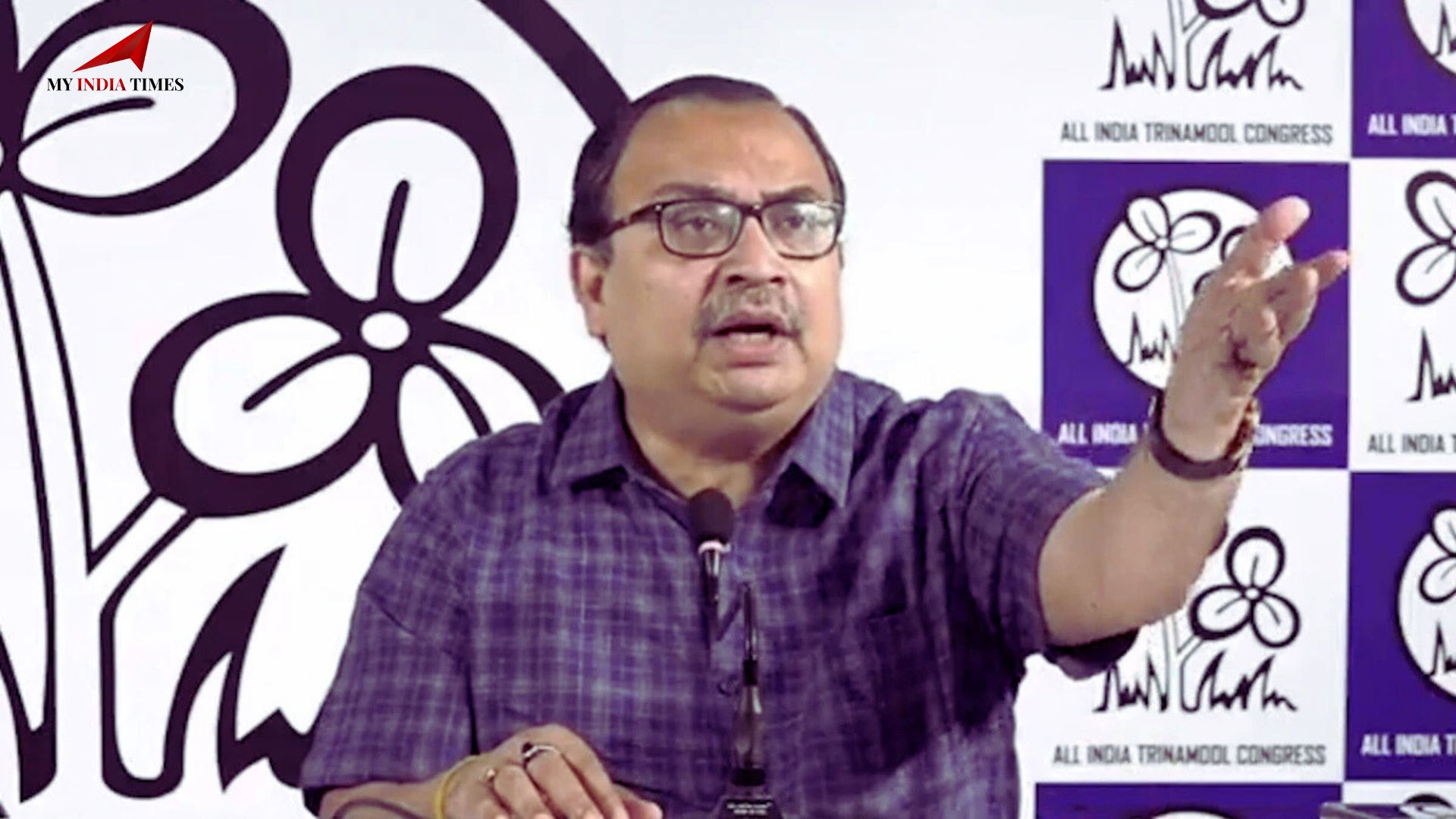ED Raids Rock Kolkata: Major Crackdown on NRI Quota Medical Admission Scam
The Enforcement Directorate (ED) on Tuesday, May 6, 2025, launched a major crackdown in Kolkata, conducting raids at five separate locations linked to a multi-crore medical admission scam involving fraudulent use of the NRI quota in private medical colleges. The move signals the central agency’s intensified efforts to uproot corruption in India's higher education sector.
Multiple Raids Across Kolkata and Suburbs
The ED's operations began early in the morning and targeted locations in Ballygunge, New Town, and parts of South Kolkata. According to senior officials, a prominent coaching centre in New Town was one of the key sites raided. The centre is suspected to have played a central role in manufacturing fake NRI documentation for local students.
Raids were conducted simultaneously to prevent any destruction of evidence. Sources said ED officers seized computers, mobile phones, and bank transaction records that could provide crucial leads in unraveling the network behind the racket.
Fake NRIs, Real Seats
The crux of the scam lies in the abuse of the NRI quota, which allows Non-Resident Indian students to secure seats in private medical colleges at higher fees but with relaxed merit requirements.
The ED believes that Indian students falsely claimed NRI status using forged passports, fake bank statements, and made-up foreign addresses. These fraudulent documents helped them bypass the more competitive general merit admissions and pay hefty bribes instead.
Preliminary investigations suggest that each seat was sold for ₹30–50 lakh, with part of the money laundered through coaching centres and shell companies.
Involvement of Colleges in Odisha and Beyond
Interestingly, this scam is not limited to Kolkata. ED officials confirmed that they are also probing private medical colleges in Bhubaneswar and Rourkela, Odisha, where these fake NRI admissions reportedly took place. Colleges in other states could soon come under the scanner.
Officials are investigating whether college administrators were aware of or complicit in the scam, particularly the admission committees that cleared these questionable applications.
Digital Evidence and Financial Trails Under Scrutiny
The ED has reportedly uncovered WhatsApp chats, email trails, and recorded voice notes indicating the involvement of multiple agents and coaching centre operators. These communications allegedly discussed admission rates, document creation timelines, and cash delivery routes.
The central agency is now closely tracking financial trails that may reveal how black money was used to finance these illegal admissions. Several high-value transactions between coaching centres and college accounts have already been red-flagged.
Political Reactions: War of Words Erupts
The raids have triggered a political storm in West Bengal. Opposition leaders have accused the state government of turning a blind eye to deep-rooted corruption in the education sector.
BJP leader Suvendu Adhikari said, “This is just the tip of the iceberg. The ED's action shows how widespread this scam is. The state must cooperate fully, and the guilty must be punished.”
In contrast, ruling party leaders called the ED raids “politically motivated” and alleged misuse of central agencies. A senior Trinamool Congress spokesperson said, “The BJP is weaponizing the ED ahead of the state elections. This is a witch hunt.”
More Summons and Arrests Likely
According to officials, more individuals—especially admission consultants, education brokers, and even some private university officials—may soon be summoned for questioning. The ED is also likely to freeze bank accounts and attach properties linked to money laundering.
Legal notices have already been sent to several students and their parents, asking them to provide documentation proving their NRI status.
If the fraud is confirmed, seats may be cancelled, and students could be barred from appearing in future medical exams under the Medical Council of India’s guidelines.
Impact on Students and Medical Education
This scam has cast a shadow over the integrity of medical admissions in India. Genuine NRI applicants and meritorious students now face skepticism, while private colleges may face closer scrutiny from the National Medical Commission (NMC).
Experts are calling for stricter digital verification, real-time document authentication, and a centralized NRI quota monitoring system to prevent future misuse.







